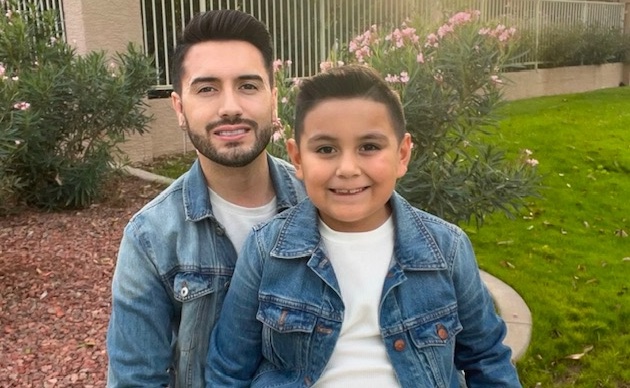“The calm before the… actually, nothing in your life will ever be calm again.”
By the time the classes ended and we prepared to move on to the home study, our inner circle realized we were actually serious about this whole “having a child” thing. Thankfully, the tone also began to change: words of support and encouragement began to pour in, which brought hope and light back into our lives. But yet we remained hidden from friends, in the comfort of our own home, not wanting to bother people with our emotional journey.
We can look back now and realize that we were nesting: preparing ourselves for the chaos ahead. Quiet nights at home with Travis the dog became cherished over dinners out and drinks afterwards. And while neither of us had moved to Los Angeles to sit at home on Friday night, it was as if we were waiting anxiously for the stork to arrive.
Having finished the certification classes, we felt a great sense of accomplishment (there was clearly no turning back at this point) and yet we also realized that even though the first part of the process was complete, our mission was still far from over. In fact, we soon found ourselves longing for the classroom, wondering if perhaps we missed any critical information or key facts, but it was time to move on to the more invasive part of the certification process: the home study.
Our home study was scheduled over the course of one month. Four three-hour sessions in our home, it would be divided into one session as a couple, two individual sessions and one session again as a couple. What on earth would we discuss for three hours as a couple? What sort of questions would they ask us individually? Were we expected to answer the same? Or might they determine that we’re not suited to be parents? Or what if they think that we’re not even a good fit for each other?
The home study is geared to dig deep into who you are individually and as a couple. The core questions help narrow the search and help identify a more specific age range (by this time, we had lowered our age range from 6-12 to 5-9), what sex child we were interested in (definitely still male) and what “challenges” we were prepared to deal with.
It is important to remain as open and honest as possible, share your hopes and dreams, laugh and cry – oh yes, there will be tears – all of which will help you understand more about who you are, what you want and what you are truly capable of. The greatest surprise in all of this is that in sharing stories, desires and fears, you just might find yourself falling in love with your significant other all over again.
To help find your path to fatherhood through gay adoption, surrogacy or foster care check out the GWK Academy.






